A swimming pool in your back garden will keep you cool in hot weather. It will also increase the value of your property. Find out how to build a swimming pool, how much it will cost and what formalities you might need to bear in mind.
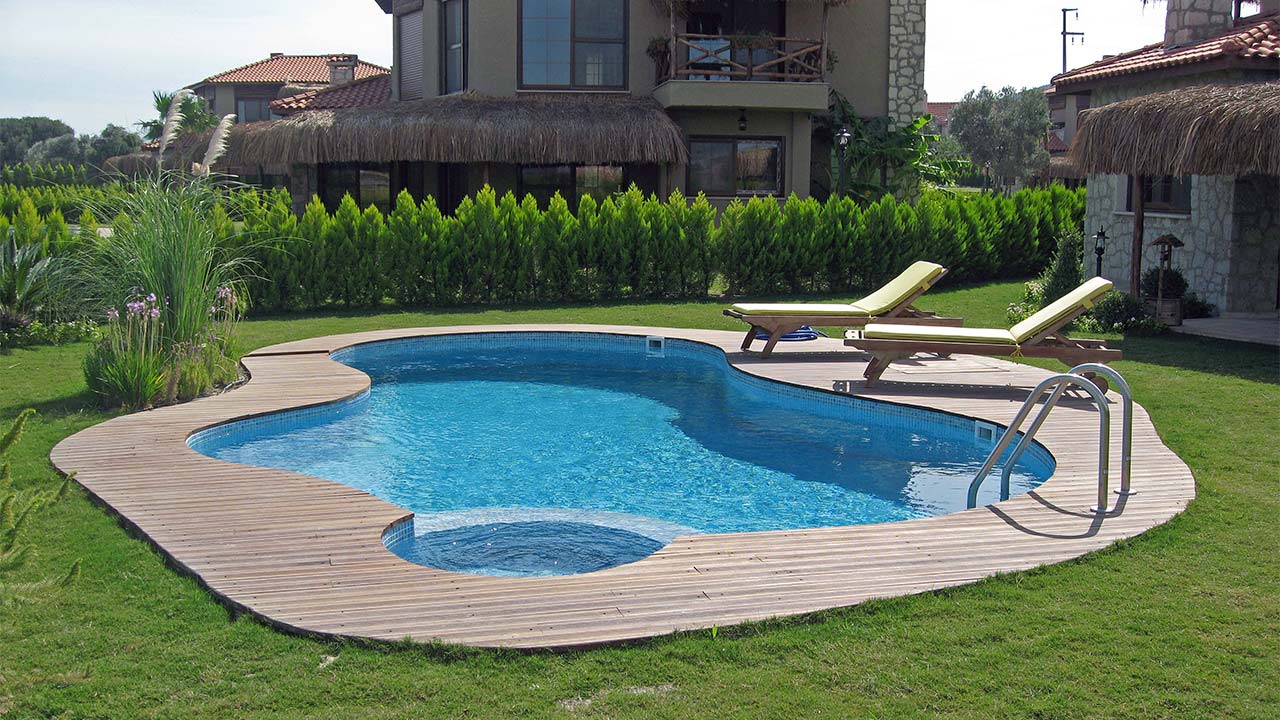
A swimming pool in your back garden will keep you cool in hot weather. It will also increase the value of your property. Find out how to build a swimming pool, how much it will cost and what formalities you might need to bear in mind.
Building a swimming pool – planning permission
Changes in land use may require planning permission or at least notifying the appropriate authorities. This is often the case, for example, if you want to construct an extension to your home, or build a bigger garage. But what about swimming pools? This depends on the type of pool.
Generally speaking, if the pool is not attached to your home then you don’t usually need planning permission for an outdoor pool. In fact you probably won’t even need to report it to any authorities. Of course we are not talking about an Olympic-size pool, but in most cases anything under 50% of the total area of your garden will not require additional permission.
Bear in mind, however, that any fixed structure which encloses the pool will automatically turn it into an indoor pool, making it subject to planning and building control applications. In this case you will then require building regulations such as insulation and ventilation.
Generally speaking, you won’t require planning permission unless you are in an area of outstanding natural beauty, you live in a green belt, your house is a listed building or you live in a conservation area.
How to build a swimming pool – step by step
Where should you start? First of all, you need to choose the right location. Ideally, you should avoid areas close to trees, otherwise you might need to regularly clean the pool of leaves or needles. This is also important for safety reasons. It is best to avoid swimming under branches, which could fall into the pool.
The best idea would be to choose one of the more exposed parts of your garden. This will also allow the water to heat up faster, significantly reducing or even eliminating associated heating costs.
If you have a small garden then a portable pool could be a good option. Such pools are constructed from ready-made elements, and can be inflatable, flexible or frame-based. They are usually more compact than standard in-ground pools and need to be taken apart at the end of the swimming season.
A much more durable solution, providing greater comfort of use, is an in-ground pool, which is usually in the form of a sunken tank.
Before starting the construction of an in-ground pool, check that there are no roots or installations in the place you have chosen. Also test the groundwater level, preferably with the help of a professional.
If the level is high, you need to make sure you have a stronger structure and sufficient waterproofing. This is especially important with cold winters in mind, when groundwater will freeze and press against the pool basin.
What is a good size for a garden swimming pool? A lot depends on the size of your garden. It shouldn’t make using the rest of the garden difficult. The maximum water level could be more important than the length or the width. Outside pools are usually about 1.5 metres deep. However, if you want to be able to dive into the pool, a depth of 2-2.5 metres would be recommended.
You can choose from several construction methods, depending on the material of the basin. Regardless of which method you choose, building an in-ground garden pool can be divided into three stages:
- preparing the pit – this can be done manually or using a digger; remember that the pit should be wide and deep enough to easily fit the bottom and walls,
- constructing the basin – this is the most difficult stage of building a garden swimming pool; the basin is the pool’s foundation; at this stage, the area for water drainage or purification installations should also be prepared,
- finishing works – these include insulation, installations, pool accessories and landscaping around the finished pool.
Plastic pools buried in the ground
A plastic pool is one of the simplest solutions for building an in-ground pool in your garden. Such pools are ready made when you buy them, and ready to be installed after delivery. The downside of plastic pools is the limited choice of shapes and sizes. However, you should usually manage to find one that suits your needs and expectations.
The structure is often already reinforced, making additional work here unnecessary. Many manufacturers install insulation that will prevent excessive water cooling. Polyester pools often have built-in steps, which are very convenient.
What are the stages of building a plastic swimming pool? As with each type of pool, you start off here by preparing the pit. Drainage pipes and a layer of interlining should be laid at the bottom of the pit, which should then be covered with gravel, and then a layer of sand and cement. Additionally, you could have a concrete bottom.
Styrofoam is used as the base of the pool and also as insulation. At this stage, you can also add any additional insulation you may require and install any necessary swimming pool equipment. The next step is placing the plastic pool in the previously prepared pit, after which you should level it and create support for the steps.
After connecting the plumbing, you should fill in the sides of the pool. Finish off by landscaping the surrounding area.
How to build a wooden swimming pool?
There are many types of wooden pools. These include both above-ground and in-ground structures. You can build a wooden pool yourself, for example by using euro-pallets and pool lining.
You can also buy a ready-made above-ground pool. Wood is also used to construct in-ground pool basins. It is usually used for smaller pools.
A wooden in-ground swimming pool is built using prefabricated elements. The process is similar to that of a plastic pool.
After preparing the pit, the walls are placed inside it and joined together. The structure is often additionally supported externally with metal struts or wooden beams. You can then add plywood insulation padding, as well as additional insulation mats.
The next point is to make sure the basin is properly sealed. Special PVC lining is used for this purpose. After completing the main construction works, the outer rims are finished using wood or stone.
How to build a brick swimming pool?
A brick pool is the most durable option, and also the most resistant to different weather conditions. Brick pools also give you the most flexibility regarding design. For example concrete blocks let you build virtually any shape, unlike plastic or wooden pools, which are built of ready-made components.
As with the previous types of pool, you should start off with preparing the pit. Once ready, fill the bottom with gravel and prepare the reinforcement and drainage.
Then build the pool basin using the concrete blocks. Cover the finished structure with plaster and install any necessary pool installation elements.
The outer walls are thermally insulated, and the remaining empty space is then filled. The interior of the basin is covered with padding and a special lining.
Useful pool accessories
Garden pool accessories can be divided into two main types. The first is equipment to help you keep the pool clean. The second type of accessories concern the comfort of using the pool.
Which tools will come in handy? First of all, you will want a net to collect rubbish from the water. When choosing the net, pay attention to the quality and user-friendliness.
For example, the Uniprodo pool net has an arm length of 191 cm, letting you reach the furthest parts of the pool without much effort. Its aluminium construction makes it resistant to corrosion, and the dense mesh will let you collect small leaves or even insects.
If you have a pool vacuum, a flexible pool hose will come in handy. Ideally it should be resistant to crushing and scratching, as well as chlorine.
When you are not using the pool, you can protect it with a special cover. It will protect the pool against pollution and algae, prevent water evaporation, and also help keep the water warm.
Instead of folding and unfolding the tarpaulin cover by hand, you can attach it permanently to a device such as a pool retractor for Uniprodo solar foil. This lightweight and rustproof accessory for pools with a width of 1 to 6 metres will allow you to comfortably hide the cover with a crank handle.
When building a garden pool, always remember about safety. A stainless steel ladder with non-slip steps will allow you to enter and exit the pool easily and safely.
Another element that you can install in your pool is a waterfall spillway. You can use it to rinse yourself after swimming or turn it on in the evening and relax to the sound of running water. An additional advantage is that it also improves circulation.
How much does it cost to build a swimming pool?
What is the price of buying a ready-made swimming pool? Folding models are the cheapest. Depending on the size and design, you’ll pay anything from approx. £100 (frame-based plastic models) to £800-1000 (a 5-6-metre pool with a dome).
In-ground pools will cost considerably more, but will also be much more durable and offer a significantly higher level of comfort. The cost will largely depend on the material which the pool basin is made of.
How much does it cost to build a swimming pool? Let’s consider a fairly standard size, i.e. 8 metres long, 4 metres wide and 1.5 metres deep. If you choose a polyester basin, i.e. a plastic pool, the total cost should be approx. £3.000-5.000 The cost of wooden or steel basins will be similar.
A brick pool will cost somewhat more, and will probably put you back between £4,000 and £8,000. The simpler the design, the lower the cost.
Additional costs could be that of a water filter, vacuum, accessories such as ladders and covers – as much as a few thousand pounds. Water heating can turn out to be particularly expensive, if you go for this option. Heaters, a pump and heat exchangers can cost approx. £1,000. If you prefer solar heating, i.e. photovoltaic panels that will power the heating system, then get ready to pay something in the area of £2,000.
The annual cost of maintaining a garden swimming pool is approx. £400-600. This amount includes a service before and after the summer season, basin cleaning products and such expenses as cleaning, plumbing and water purity checks.
Summary
If you want to build a garden pool there are many options to choose from depending on your budget. The basic solution is to buy a ready-made above-ground pool, which you can easily assemble following the instructions provided.
An in-ground pool is much more expensive, but also more comfortable and pleasant to use, and will not require climbing into. Such pools are also usually larger than folding ones. Thanks to solutions such as heating installations, using the pool can be much more pleasant. Think you’d rather get a hot tub? Read our post on how to choose a hot tub next!

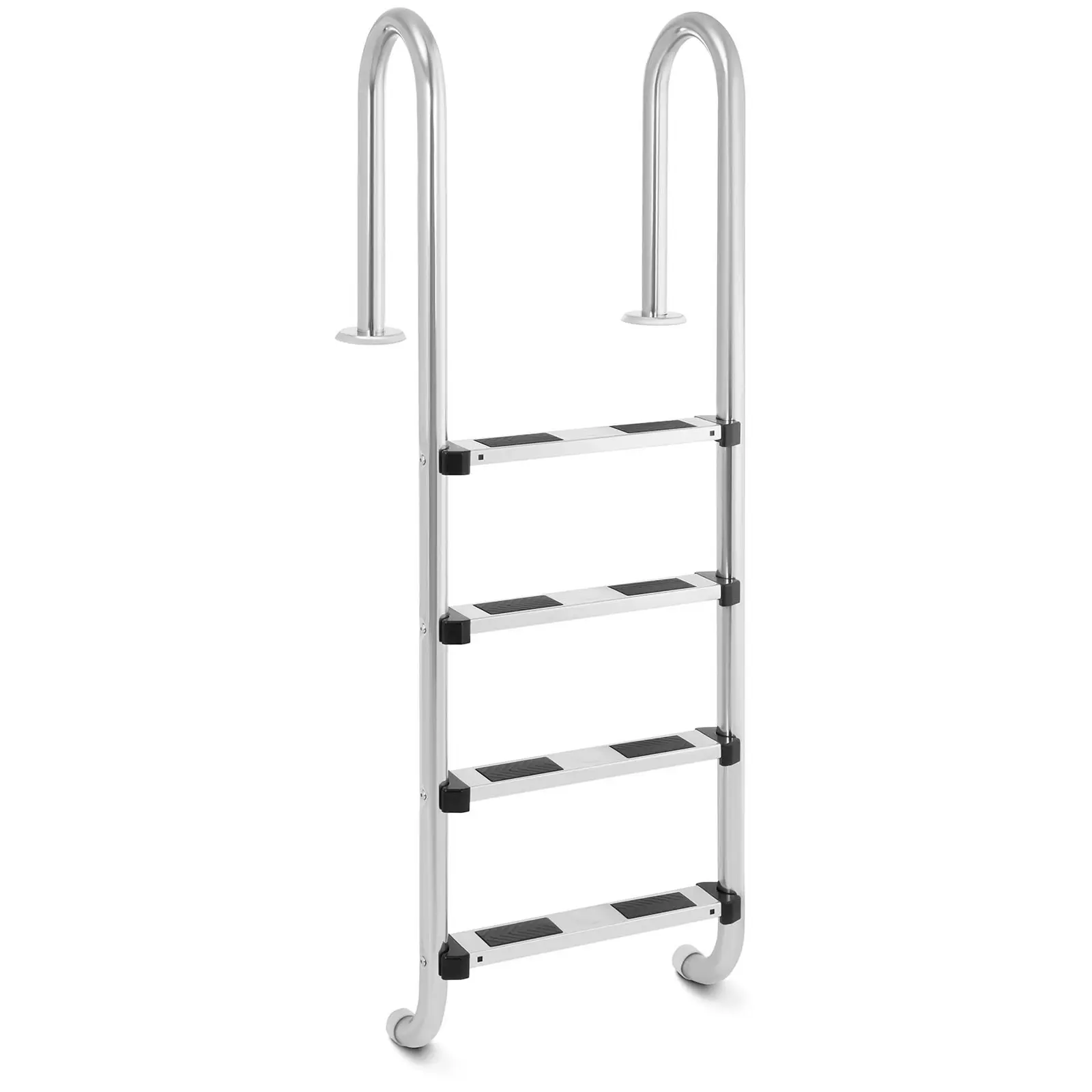
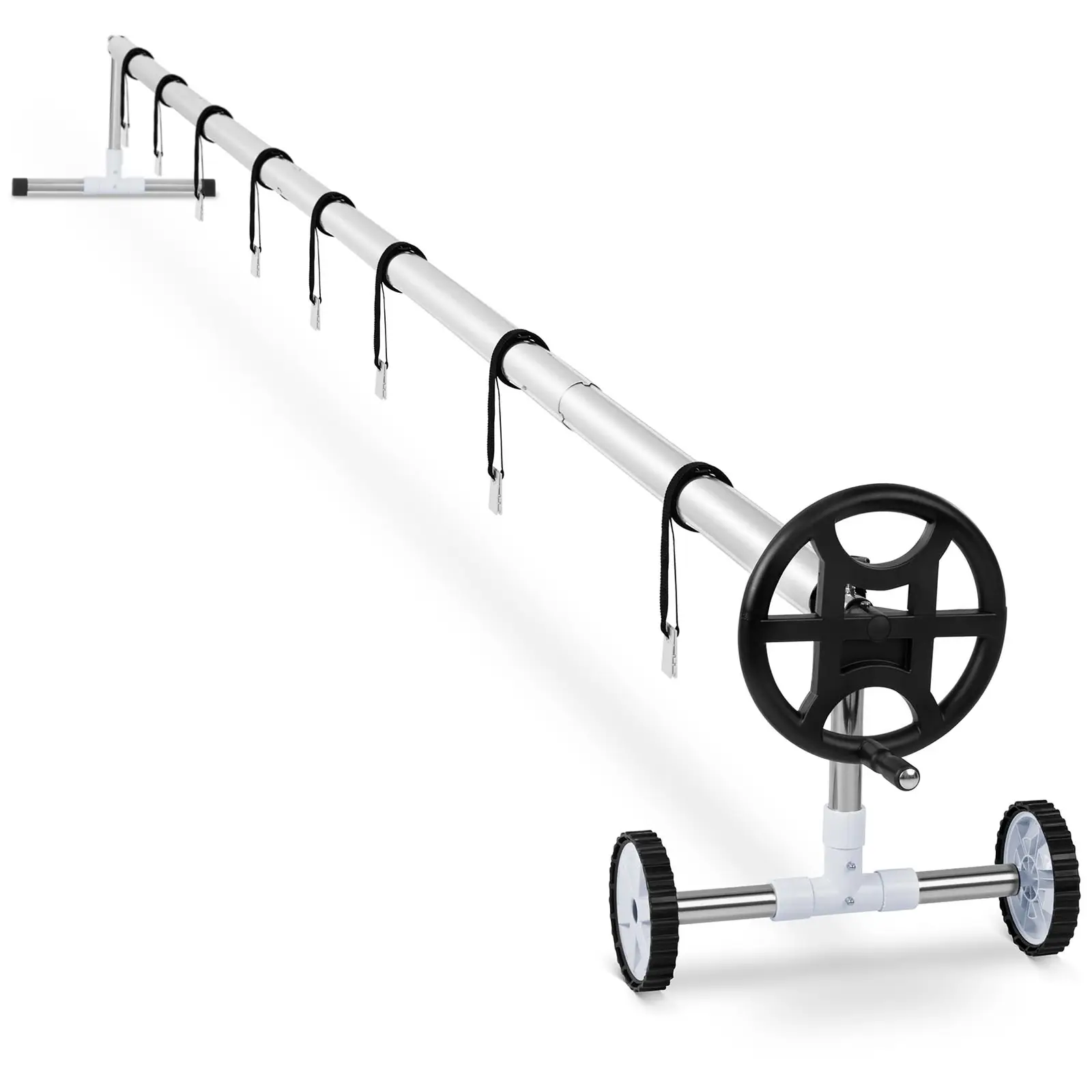

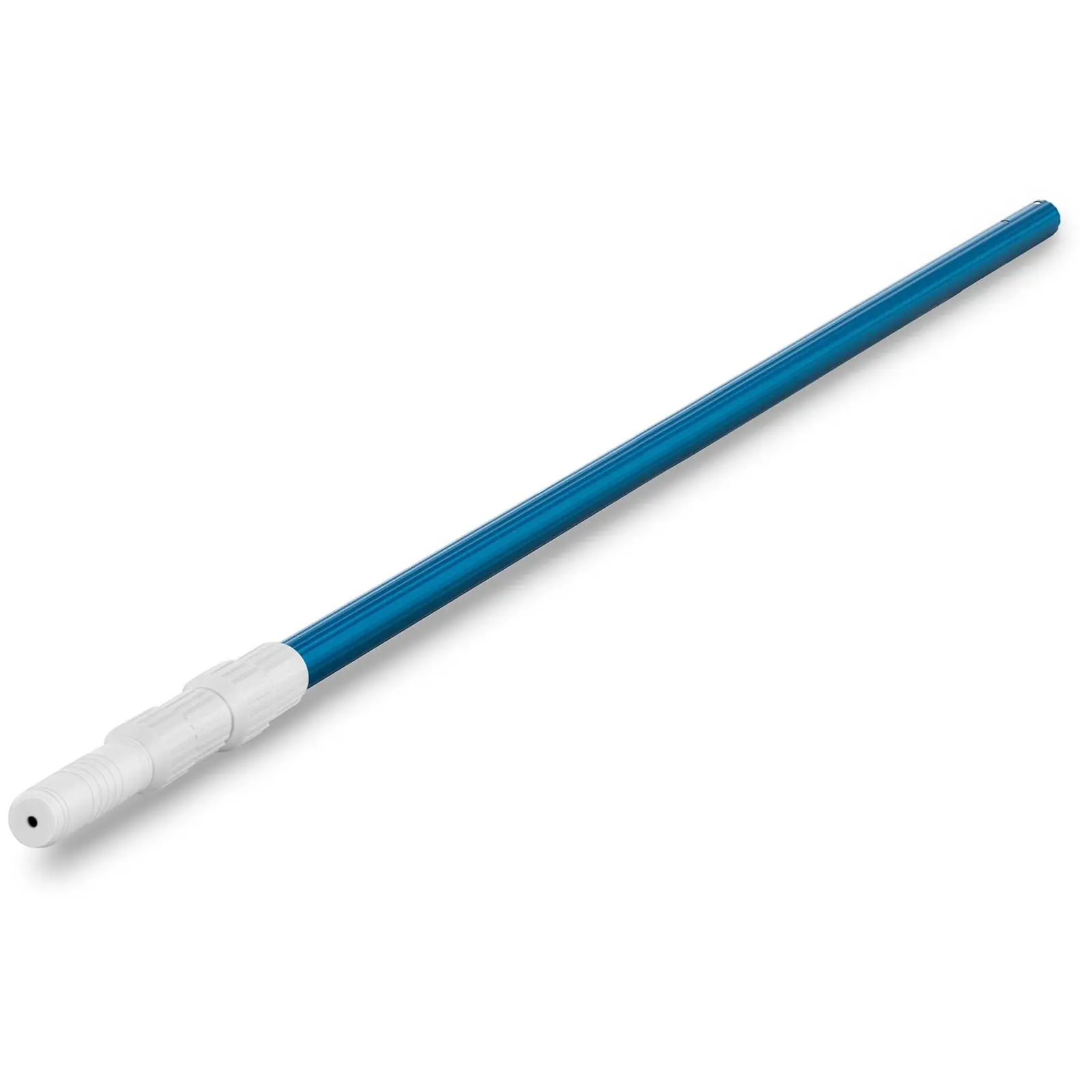
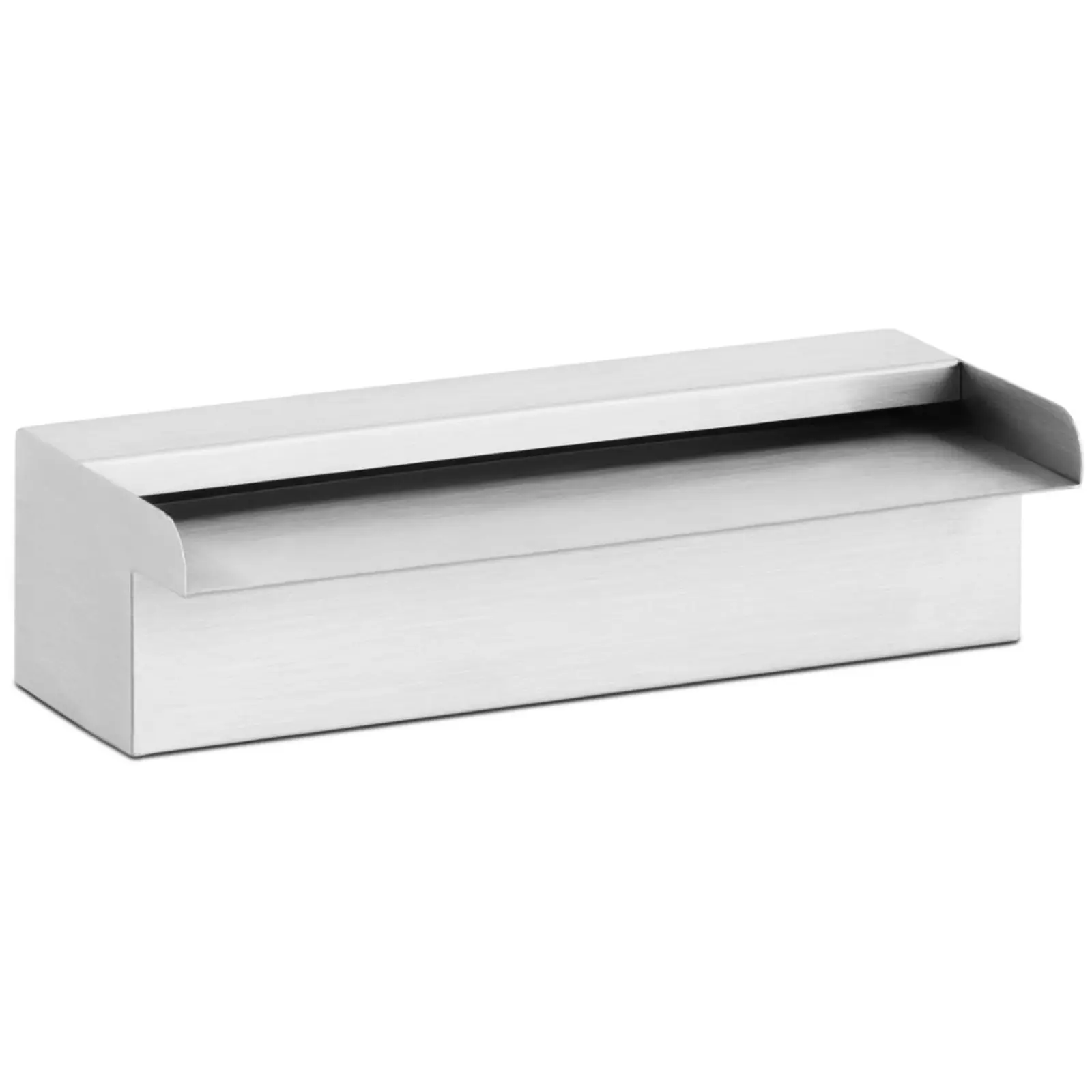
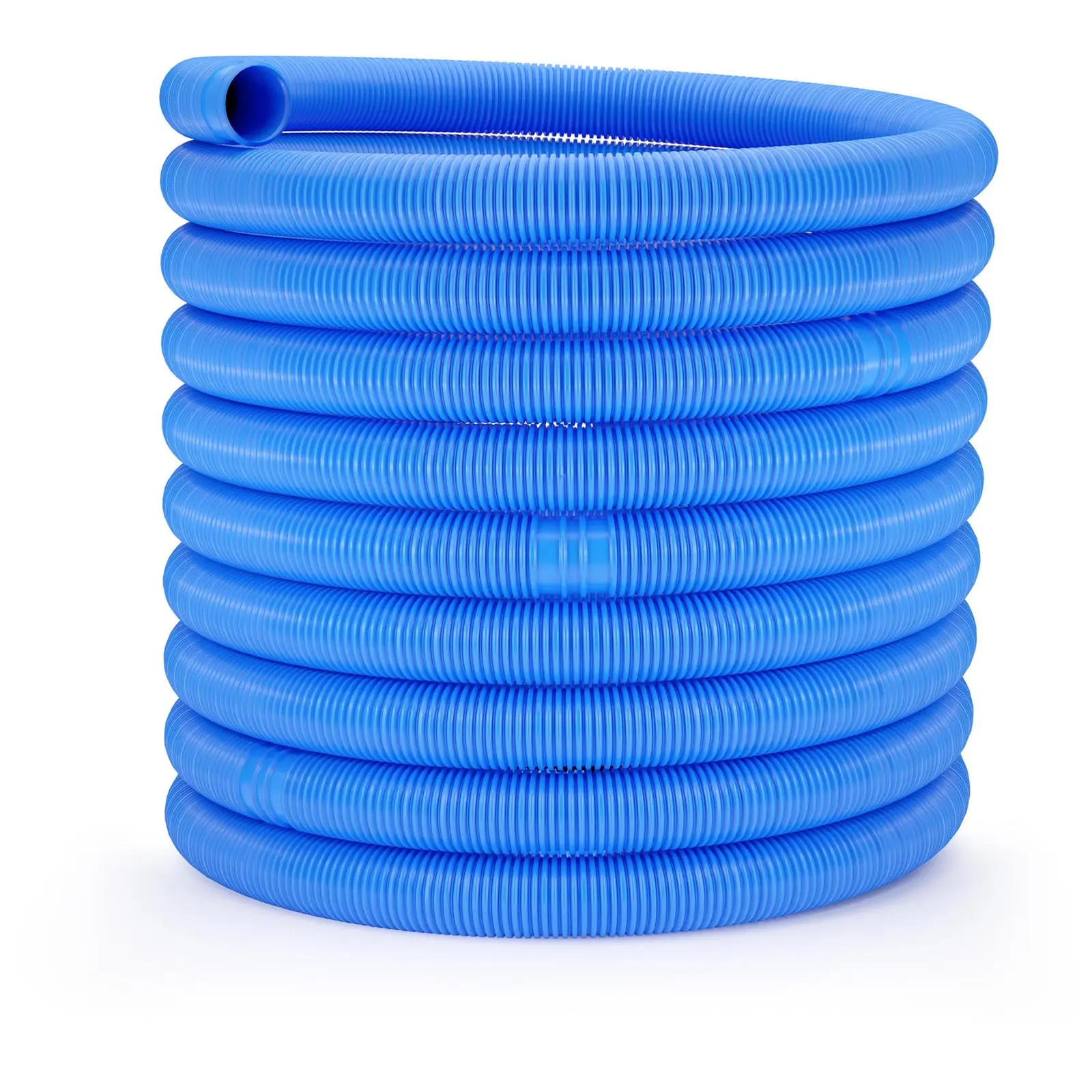

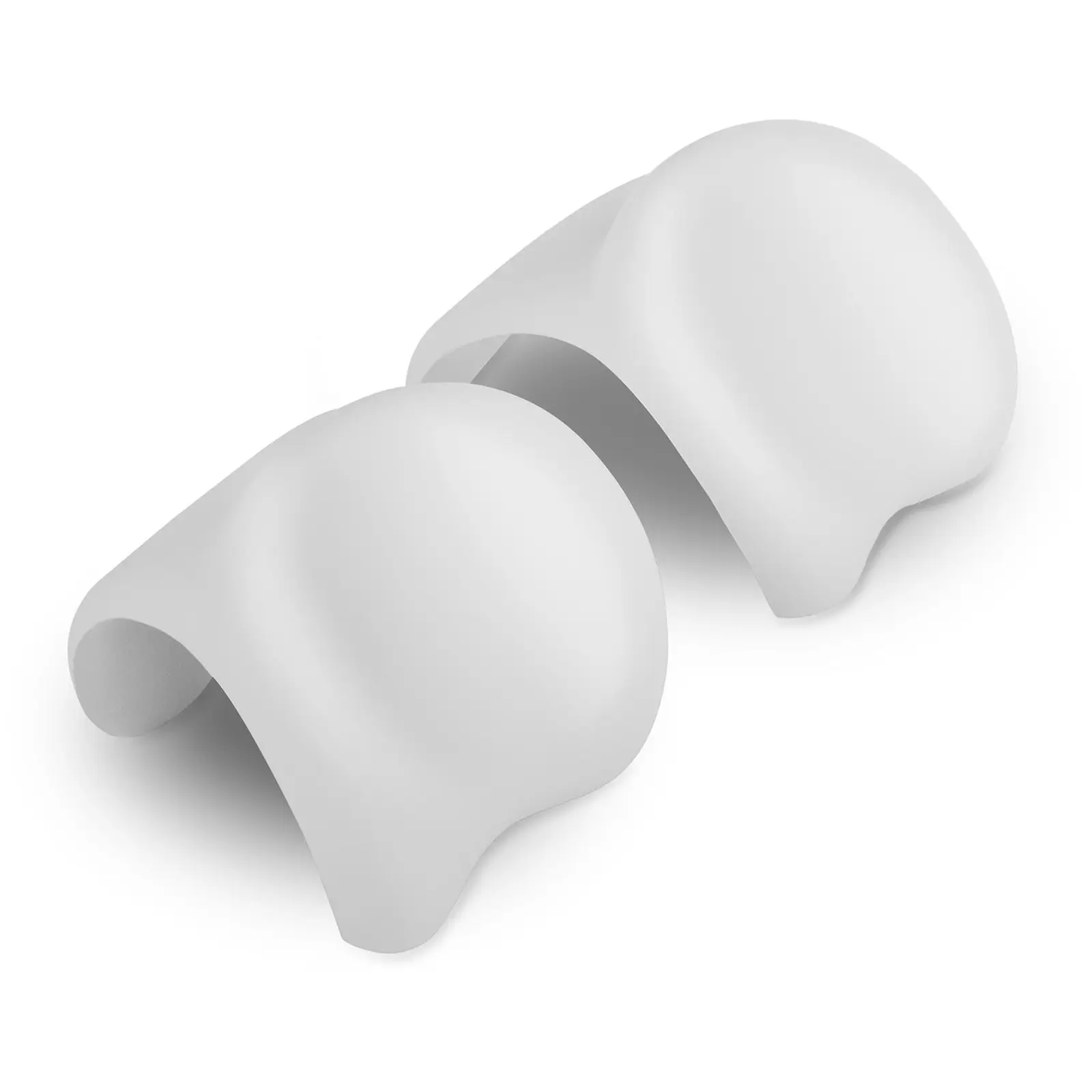





Share